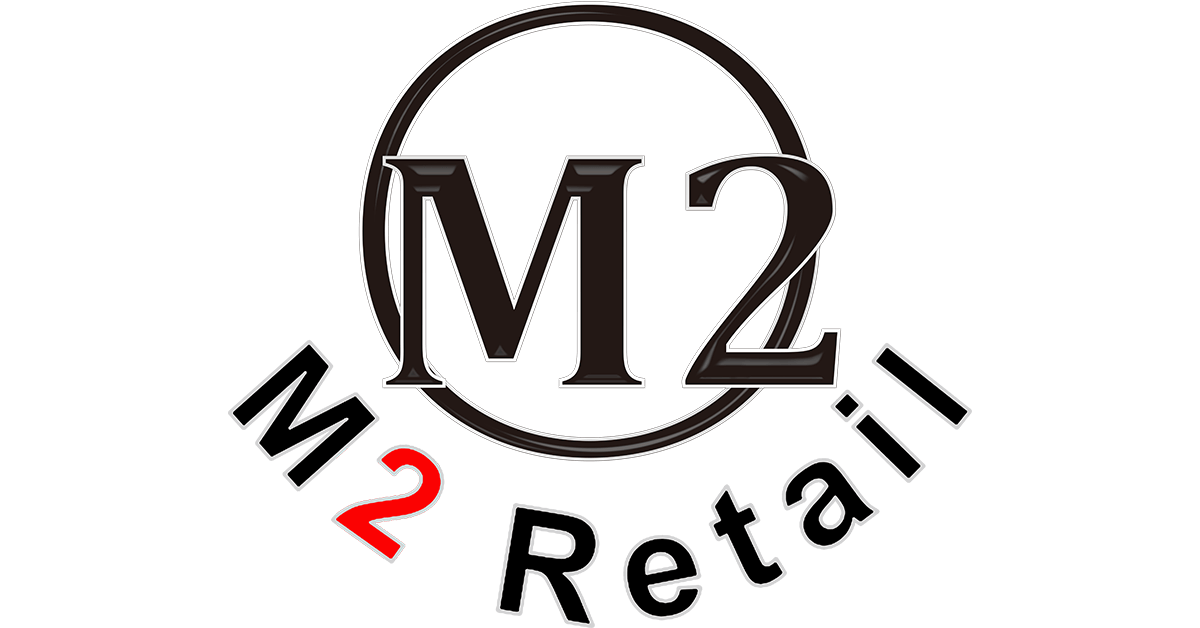Introduction: A Morning Rush, a Split-Second Decision, and a Big Choice
A door swings open, a line forms, and your first guest is already judging the space—before a single word is spoken. The M2-Retail reception counter sits at the center of that moment. Teams often hunt for a better reception counter soulution because the counter shapes flow, trust, and sales. Studies show most visitors form an impression in under seven seconds, and clutter or slow service can cost conversions (and confidence). So here’s the question: is your counter helping your staff move faster and meet peak-time demand, or is it a bottleneck?

Picture the scene—POS cables snaking out, handoff zones unclear, and no space for returns or click-and-collect bags. The numbers add up in lost minutes per hour. The feeling adds up in lost loyalty. If it sounds familiar, you’re not alone. And you’re not stuck. We’ll compare what works, what fails, and why small design choices set the whole tone. Let’s move from instinct to insight, one decision at a time, and tee up the fixes that actually last.
The Hidden Cost of Old-School Counters
Where do traditional counters fall short?
Let’s get technical, fast. Many legacy counters weren’t built for today’s workflows. Cable management is an afterthought, so POS terminals and receipt printers sprawl. Power converters share one overworked outlet, which means heat, noise, and trip risk. And there’s no clear zoning for check-in vs. payment vs. returns. That forces staff to cross paths, bump elbows, and lose seconds. Multiply by a day. It becomes hours. Add in ADA missteps, fixed-height tops, and tight toe-kicks. The result is fatigue and slower service—funny how that works, right?
Newer service models also bring tech you can’t bolt on later. Think IoT sensors for queue alerts, small edge computing nodes for local check-in logic, and RFID readers for fast item lookups. When a counter lacks ventilation, service hatches, or shielded pathways, upgrades stall. Noise rises. Devices fail. And a fix becomes a rebuild. Look, it’s simpler than you think: structure drives speed. A load-bearing frame with modular panels, separated low-voltage tracks, and swappable device bays cuts friction. Fewer steps, fewer errors, happier guests.

What Comes Next: Comparing Smart Builds vs. Legacy Desks
What’s Next
Now let’s look forward. A modern counter treats hardware, people, and space as one system. We see quiet fan paths for small power converters, quick-swap trays for scanners, and task lighting routed through low-voltage rails. With a front reception counter that’s designed this way, teams can reconfigure a bay for returns in minutes—no drywall dust. Panels come off without tools; grommets snap; devices slide. The principle is simple: isolate wear parts, standardize mounts, and keep pathways clear. That cuts downtime and keeps your queue steady (even on launch days).
Real-world comparison? Old counters lock you into one workflow. Smart builds use modular carcasses, sealed laminate with anti-fingerprint finish, and thermal channels that protect small edge devices. They also plan the human side—clear sightlines and defined handoff zones reduce “now what?” pauses. Summing up the lesson so far: design reduces friction, tech should stay invisible, and service should feel calm. To choose well, use three metrics: 1) flow efficiency—time from greet to handoff; 2) serviceability—mean time to swap a device or panel; 3) reliability—thermal stability and cable integrity over peak hours. Keep those three in view, and every choice gets easier—and sharper. For deeper specs and practical templates, see M2-Retail.